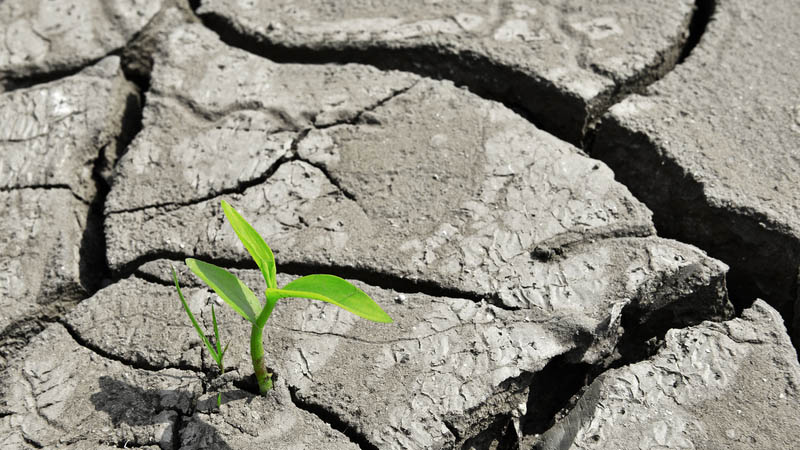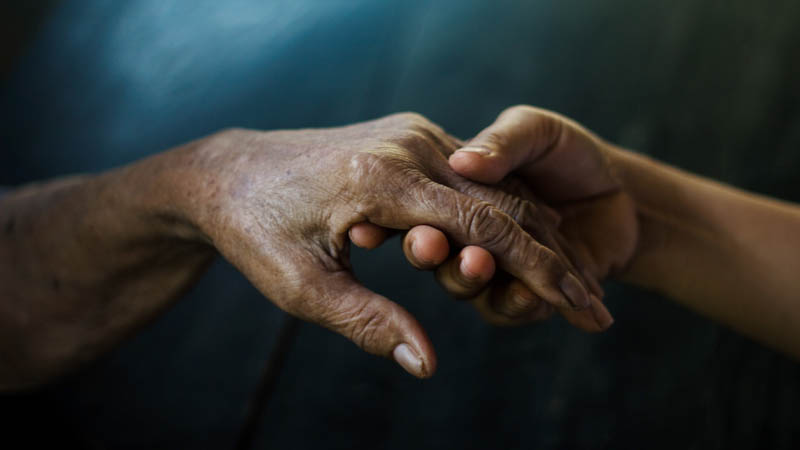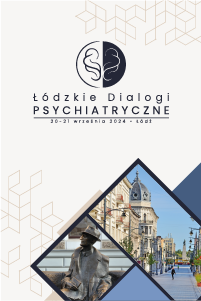Symptoms of muscle dysmorphia in male gym users
Lidia Wiśniewska-Nogaj
 Affiliacja i adres do korespondencji
Affiliacja i adres do korespondencjiObjective: Physical activity is one of the most important elements in maintaining psychophysical well-being. However, it may take on dysfunctional features in some persons, sometimes leading to muscle dysmorphia. The objective of this study is to answer the question as to whether and to what extent male gym users show the symptoms of muscle dysmorphia. Material and methods: The study was carried out in the form of a closed-group survey addressed to male gym users. The respondents assessed, inter alia, the level of body satisfaction, motivation for exercise or emotions experienced during exercise. The bodybuilder image grid (Hildebrandt et al., 2004) was used in this study, and the symptoms of muscle dysmorphia were examined. Data were gathered from 108 males. Results: Data analysis made it possible to identify three groups: the first one made up of males with an average level of muscle dysmorphia symptoms and an average body satisfaction level (n = 55; 50.93% of the whole group). The second group consists of males with a low level of muscle dysmorphia symptoms and a body satisfaction level higher than in others (n = 31; 28.7%). The third group comprises males with a higher level of muscle dysmorphia symptoms and a lower body satisfaction level (n = 22; 20.37%); it can be assumed that these persons are at high risk of developing muscle dysmorphia. The main differences between the males from these three groups concern experienced negative emotions: the men from group 3 feel more aggression and anger, and in comparison to the males from group 2, they also feel more sadness. In this group, the motivation to compete with others as a rationale for exercise is more intensive. Conclusions: The group of gym users is heterogeneous: approximately one-fifth of males are at high risk of developing muscle dysmorphia and may show the symptoms of the disorder. In turn, a substantial majority of males are at low or average risk of developing the disorder.






















